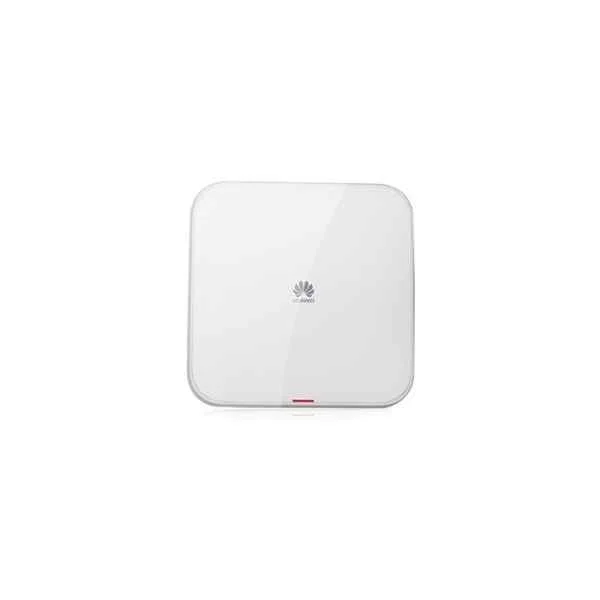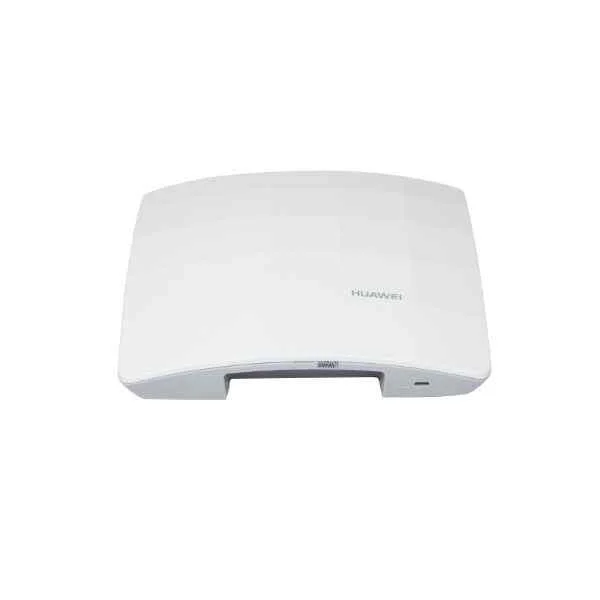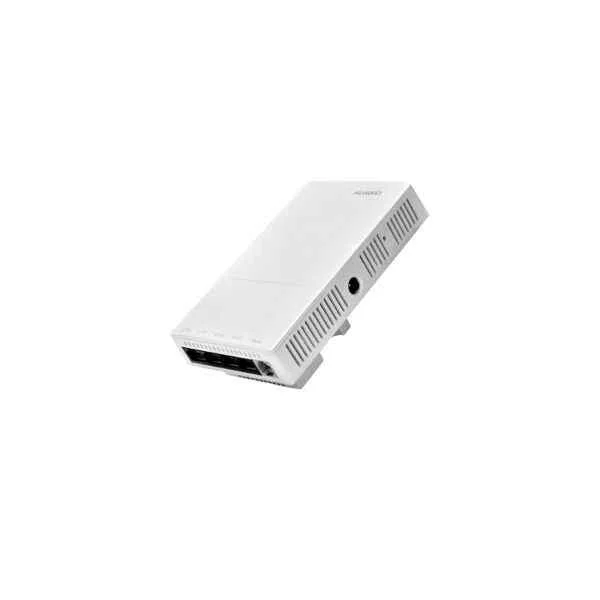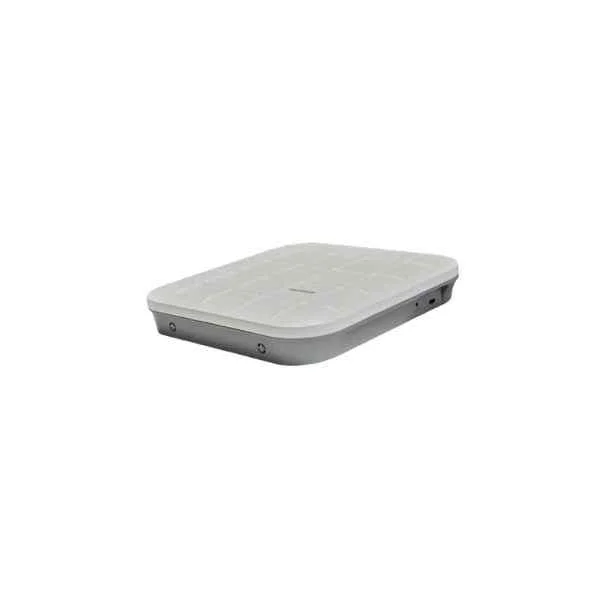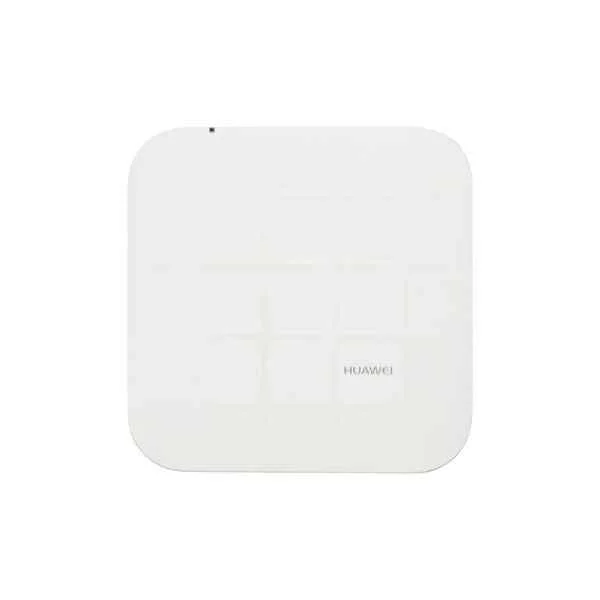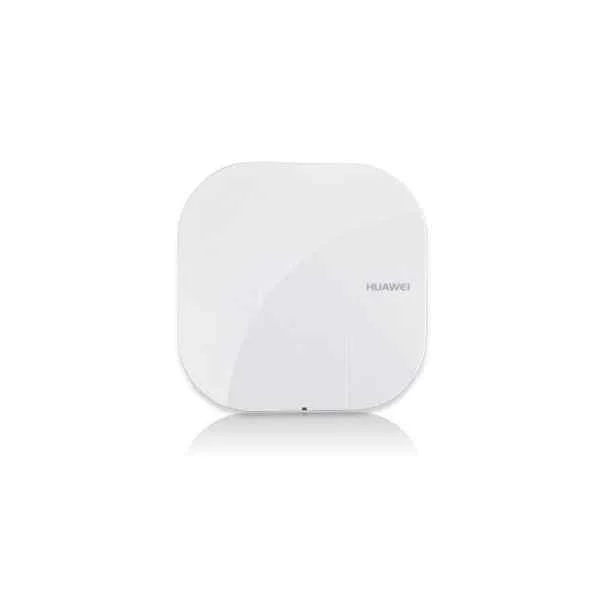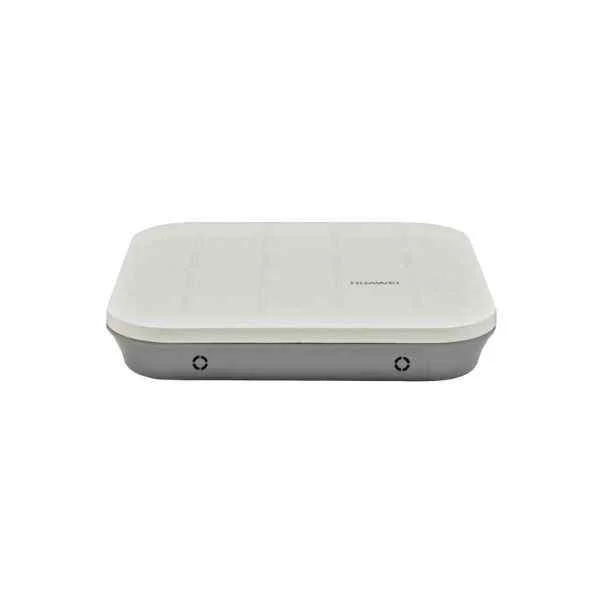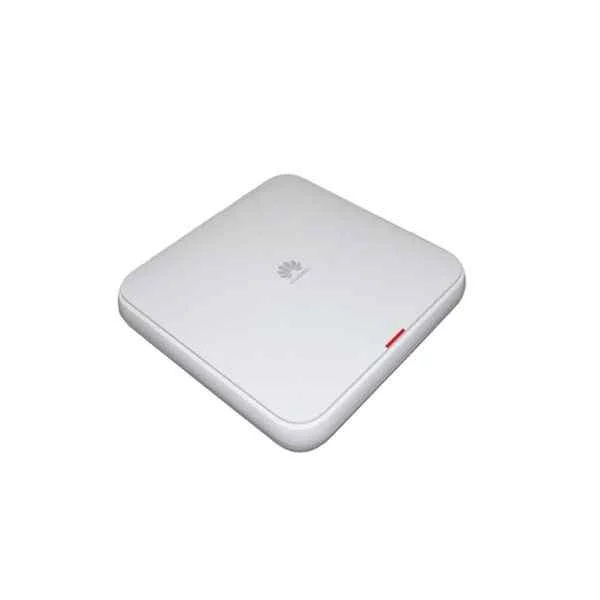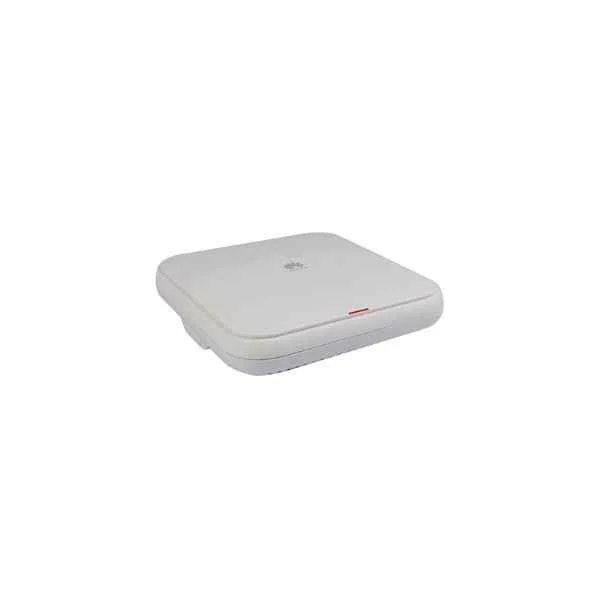Overview Of AP7052DE
No Data FoundSpecification Of AP7052DE
AP7052DE Datasheet
AP7052DE Specification
AP7052DE Specification |
|
|
Dimensions (H x W x D) |
74.5 mm x 220 mm x 220 mm |
|
Weight |
1.75 kg |
|
Interface type
|
1 x 10/100/1000M self-adaptive Ethernet interface (RJ45) 1 x 100/1000M/2.5G/5G self-adaptive Ethernet interface (RJ45) 1 x Management console port (RJ45) 1 x USB interface |
|
Built-in Bluetooth |
BLE4.1 |
|
LED indicator |
Indicates the power-on, startup, running, alarm, and fault status of the system. |
|
Power input |
DC: 42.5 V to 57 V PoE power supply: in compliance with IEEE 802.3at/bt; dual PoE power supply. |
|
Maximum power consumption
|
DC/802.3bt power supply: 35.7 W (Excluding the output power of the USB port) 802.3at power supply: 25.5 W (The USB function and the 5 Gbit/s mode of network ports are unavailable.) NOTE The actual maximum power consumption depends on local laws and regulations. In 802.3at power supply mode, radio power is managed in self-adaptive mode. |
|
Operating temperature |
€“10°C to +50°C |
|
Storage temperature |
€“40°C to +70°C |
|
Operating humidity |
5% to 95% (non-condensing) |
|
Dustproof and waterproof grade |
IP41 |
|
Altitude |
€“60 m to +5000 m |
|
Atmospheric pressure |
53 kPa to 106 kPa |
|
Antenna type |
Built-in smart antennas |
|
Antenna gain |
2.4G: 3 dBi 5G: 4 dBi |
|
Maximum number of SSIDs for each radio |
‰¤ 16 |
|
Maximum number of users
|
‰¤ 512 NOTE The actual number of users varies according to the environment. |
|
Maximum transmit power
|
2.4G: 29 dBm (combined power) 5G: 28 dBm (combined power) NOTE The actual transmit power depends on local laws and regulations. |
|
Power increment |
1 dBm |
|
Receiver sensitivity
|
2.4 GHz 802.11b : €“104 dBm @ 1 Mbit/s; €“93 dBm@ 11 Mbit/s 2.4 GHz 802.11g: -95 dBm @ 6 Mbit/s; -76 dBm @ 54 Mbit/s 2.4 GHz 802.11n (HT20): -94 dBm @ MCS0; -74 dBm @ MCS31 2.4 GHz 802.11n(HT40): -92 dBm @ MCS0; -73 dBm @ MCS31 5 GHz 802.11a : -95 dBm @ 6 Mbit/s; -76 dBm @ 54 Mbit/s 5 GHz 802.11n (HT20): -94 dBm @ MCS0; -74 dBm @ MCS31 5 GHz 802.11n (HT40): -92 dBm @ MCS0; -74 dBm @ MCS31 5 GHz 802.11ac (VHT20): -94 dBm @ MCS0NSS1; -72 dBm @ MCS8NSS4 5 GHz 802.11ac (VHT40): -92 dBm @ MCS0NSS1; -68 dBm @ MCS9NSS4 5 GHz 802.11ac (VHT80): -89 dBm @ MCS0NSS1; -64 dBm @ MCS9NSS4 5 GHz 802.11ac (VHT160): -86 dBm @ MCS0NSS1; -63 dBm @ MCS9NSS2 |
|
Safety standards |
UL 60950-1 CAN/CSA 22.2 No.60950-1 IEC 60950-1 EN 60950-1 GB 4943 |
|
Radio standards |
ETSI EN 300 328 ETSI EN 301 893 RSS-210 AS/NZS 4268 |
|
EMC standards
|
EN 301 489-1 EN 301 489-17 ETSI EN 60601-1-2 YD/T 1312.2-2004 ITU k.20 GB 9254 GB 17625.1 AS/NZS CISPR22 EN 55022 EN 55024 CISPR 22 CISPR 24 IEC61000-4-6 IEC61000-4-2 |
|
IEEE standards
|
IEEE 802.11a/b/g IEEE 802.11n IEEE 802.11ac IEEE 802.11h IEEE 802.11d IEEE 802.11e IEEE 802.11k IEEE 802.11u IEEE 802.11v IEEE 802.11w IEEE 802.11r |
|
Security standards
|
802.11i, Wi-Fi Protected Access 2(WPA2), WPA 802.1X Advanced Encryption Standards(AES), Temporal Key Integrity Protocol(TKIP) EAP Type(s) |
|
EMF |
CENELEC EN 62311 CENELEC EN 50385 OET65 |
|
RoHS |
Directive 2002/95/EC & 2011/65/EU |
|
REACH |
Regulation 1907/2006/EC |
|
WEEE |
Directive 2002/96/EC & 2012/19/EU |


 +1 (281) 747-5957
+1 (281) 747-5957





